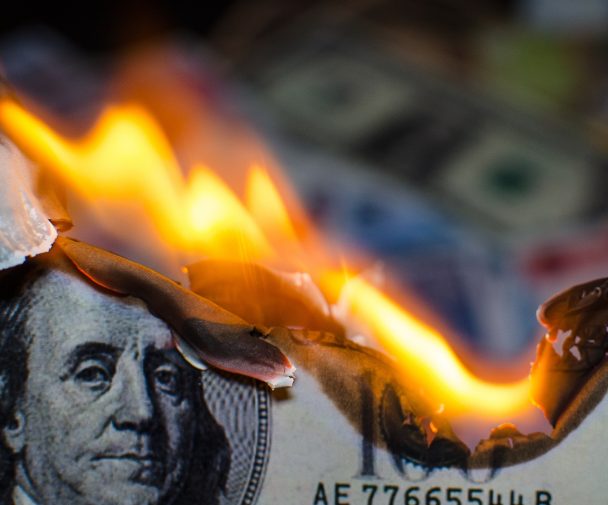
COVID-19 is a White Swan
Investors are paying the price for ignoring the risk of a predictable event
WRITTEN BY DANIEL HILPERT
April 6, 2020
Perhaps it is too early to know the “lessons learned” while this large-scale human tragedy is unfolding, COVID-19 could have been predicted and should have been prevented. It was not a statistical outlier whose occurrence would be so rare that we could not have grasped the scale.
Globalization has seen other viruses spreading through our planet: the SARS epidemic in 2002, and MERS in 2014. Coronavirus in bats was a known entity and so was its propensity to jump species. Scientists and health organizations have forewarned that humans are an unexplored host, those that needed to see them were blind to the signs.
More than half of the people on our planet live in supercities. The highly inter and intra-connected, dense environment is a veritable petri dish for pathogens. A world-wide pandemic was eventually going to take place with great certainty.
In January 2020, when infections were building in China, factories of multi-national corporations were shutting down, quickly disrupting the global supply chain. It wasn’t until mid-February before most governments took the underlying health crisis seriously, imposing self-isolation measures in a half-hearted and long delayed attempt to flatten the curve of growth.
Unexpected by some, the level of illness and death was within the range of normal expectations. As Nassim Taleb, the former options trader who predicted the 2008 financial crisis and ho who coined the phrase “Black Swan”, would put it; the collapse of the health care system and economy was not an unpredictable outlier event. The trajectory of the pathogen was reasonably conceivable as early January, when airports in Singapore, Hong Kong and Taiwan undertook fever screenings for passengers arriving from Wuhan, after the SARS-like pathogen was first noticed by doctors in China a month prior.
Things escalated quickly from that point. Three weeks later, on January 23, a day before China’s Lunar New Year, Wuhan was placed under lockdown, effectively putting 60 million people under “sealed management” in an effort to spread the contagion. Two weeks later, France saw Europe’s first virus death, shifting the virus’ news cycle epicenter to Europe where new cases were and still are recorded daily. Italy, weeks into the epidemic, on February 22, started placing Italian towns under lockdown.
The U.S. reported its first COVID death on February 29 and the World Health Organization officially declared a pandemic, much to the dismay of stock markets and governments alike. President Trump declared a national emergency within two weeks, on March 13, and in the span of two more weeks, shortages of essential medical equipment were reportedly rampant throughout the U.S. as the epicenter shifted to New York City.
Investors should have hedged and bought tail risk insurance when prices were high, and volatility was low. The U.S. and Europe should have shut down travel to slow down the outbreak and save the economy from a prolonged global recession.
When the final analysis is written, COVID-19 was a highly probable but neglected threat that will have left a lasting impact on our lives, personal finances, economy and trade. As long as we look at extreme events as exceptions and not as a starting point of managing tail risk, the future will be increasingly less predictable.











